Sold Short Author - Manuel Asensio

Manuel Asensio is widely recognized as a pioneer in activist short selling. His career in the field began after his graduation from Harvard when he started proprietary trading and eventually established Boca Raton Investment Corp in 1982 as his own trading firm. In 1992, Asensio furthered his influence in the industry by founding Asensio & Company, a FINRA and SEC registered investment firm. Notably, in January 1996, ACO made history by becoming the nation’s first registered investment firm to publish an investigative short selling report on its website, marking the first instance of a securities firm issuing a Strong Sell report.
Book Summary
Asensio recounts his experiences as a short seller, uncovering fraud and manipulation in publicly traded companies. He provides an inside look at short selling and argues it is a way to expose corporate deception. Asensio helped popularize short selling and argued it could be used to uncover corporate misconduct.
His short selling research and reports have proven controversial. While some argue it can uncover corporate misconduct, others blame short sellers like Asensio for negatively impacting stock prices. His aggressive and vocal short selling strategies have resulted in numerous lawsuits against him over the years. However, he has yet to lose a monetary judgment.
Anatomy of a Stock Promotion
(Chapter: By The Numbers, Page 159)
“A stock promotion is like a disease. And just as a disease can be transmitted in many different ways, there are many different kinds of stock promotions. But, like a disease, there are typical symptoms that let you know the patient is unwell. Here are some of those symptoms.”
- The underwriters of the initial public offering have a tainted reputation.
- Promoters of the company and others receiving private, below-market shares and warrants have been involved in other stock promotions, often in unrelated businesses.
- The product is often in a sexy, hot field with hard-to-quantify, hard-to-understand performance specifications.
- If made available for independent scrutiny, the product could easily be proven to be of lesser value than claimed. But any tests or trials regarding the product are delayed beyond reasonable expectation, and results are never disclosed completely and precisely.
- The company creates new stock shares on an ongoing basis. Insiders buy these shares directly from the company at below-market prices. Often the increase in shares outstanding coincides with press releases containing claims that are false or misleading. The company then applies to the SEC to register those shares for its recipients so they might freely sell the shares without further disclosure.
- No analyst is "covering" the company. Or the market maker, IPO underwriter (often one and the same) and compensated others are the only "analysts" covering the company. These analysts rate the company's stock a strong buy. No matter how damaging the news about a company, these analysts will simply say the stock has "overcorrected" and is "undervalued," or will blame short sellers for unfairly driving down the stock price.
- The market in the stock is tightly controlled. Borrowing shares to short is difficult.
- The company changes auditors, or its auditor is unknown. (Even if the company's auditor is one of the Big Six, however, this is by no means a guarantee of a squeaky-clean audit—far from it.)
Sold Short: Uncovering Deception in the Markets
Joseph T. Rhys's exposé of market manipulation and corporate fraud. This investigative work reveals how Wall Street insiders, analysts, and executives conspire to deceive investors through pump-and-dump schemes, accounting fraud, and deceptive research. Essential reading for understanding how to protect yourself from financial scams and market deception.
View on AmazonThe First Short: General Nutrition $GNC

This is the one chapter that I didn’t think fit with the rest of the stock promotions in this book. This one seemed more like a real company that had insiders seeing the end of the line before others did. They saw the end was nearing, and before they jump ship they had to squeeze every last dollar out of this opportunity before the company went under.
Strange first choice
(From Asensio, not me): Darling of eight top-tier Wall Street analysts, with rock solid institutional holders, was a leader in a flourishing category (nutrition & supplements), had a $1.8 Billion dollar market cap, with 2500 retail stores and plans to open nearly 500 more next year (1995).
What Asensio saw
Asensio & Company's short sale of GNC was influenced by doubts about the health benefits of vitamins and supplements, following two negative studies from the National Cancer Institute, potentially affecting sales of popular products at GNC stores.
Additionally, they saw heavy and rapid insider selling, weak store sales growth obtained mainly through massive discounts and costly promotions, $200 Million bank debt and extremely low tangible net worth of $2 Million.
Timeline Summary
- August 1995 - FDA recommends many diet aids be labeled to warn consumers of adverse effects (which is a majority of GNC products), including Senna and Ephedra. Ephedra was starting to get banned in many states. This put herbal and supplement companies on Asensio’s radar, not specifically GNC
- Asensio learned of a big National Cancer Institute (NCI) long-term study that was ongoing that could affect all vitamin and supplement manufacturers. After contacting someone at the NCI he found out that the study was halted halfway through, which isn’t a good sign. This is when GNC popped up on his radar.
- November 9-15 - GNC President and CEO sells 80% of his shares and two vice presidents sell 100% of theirs.
- January 3, 1996 - GNC announced low earnings and the stock dipped. Next day, Bruce Misset, a Morgan Stanley analyst, declared the market overreacted, then maintained a Strong Buy rating. (Morgan Stanley owned $35 Million dollars worth of shares of GNC at the time). According to Asensio: “This was 35 million reasons to ignore the recommendation of Mr. Bruce Missett.” Asensio began shorting GNC and started working on the short report.
- January 16 - Announcement that the NCI study results would be announced Jan. 18 at a press conference. That was strange because they’re usually first issued in a peer reviewed medical journal.
- January 17 - An analyst from Robertson Stephens Co. preemptively downplays the results of the NCI study and reiterates a Buy rating. (Roberston Stephens Co. owned $25 Million worth of shares)
- January 18 - Press conference noted that the study had negative results and the the supplements involved had no benefits but may have had side effects. Really damaging for a nutritional supplement company.
- January 18 - Immediately following the press conference Asensio issues a Strong Sell advisory on the news wire. This is the first time anyone ever issued a Short Sell recommendation over the news wire. GNC called and threatened litigation against Asensio for this. The stock held up it’s price.
- January 19 - Bear Stearns issue an Attractive rating on GNC, stating that these studies have short lived impacts. (Bear Stearns held at least $300,000 of shares, and was the underwriter for a GNC public offering.
- January 19 - Smith Barney advised investors to Buy On Weakness. (Smith Barney was set to be the underwriter on upcoming GNC offering)
- January 22 - GNC announces public secondary offering of 16.4 million shares. Not to raise capital for the company but all from insiders selling and cashing out. The offering was underwritten by the people that were propping the stock up with Buy ratings:
- Morgan Stanley underwrote 2.2 million shares, and issues Strong Buy rating.
- Alex. Brown underwrote 2.2 million shares and issued Strong Buy
- Smith Barney underwrote 2.2 million shares and issued Buy
- + 3 more similar underwriters promoting the stock.
- Thomas Lee, a board member who was selling the majority of shares (and was involved in a previous shady deal with Snapple), cashed in over $134 Million through his Funds on this offering. Bear Stearns claimed the timing of this board member cashing out was only because it “coincided with other business opportunities” and not because of board members bailing on a company.
- Asensio cashed out of his Short position after catching the move from around $30 down to $19. The price did drop as low as $9 eventually. This trade ended up being Asensio’s largest one-trade, short term profit to date.
- March 5 - GNC announced earnings up 44% from previous year. More insiders and executives continued selling the shares they had left.
- GNC was bought out a few years later after slowly drifting down in price.
Diana: “The Switch Works”
Quick Recap: A company that creates a piece of technology for internet service providers. The whole chapter was based on the fact that nobody really understands this type of technology (The Technology Gap). So the press releases kept the hype up while insiders were selling.
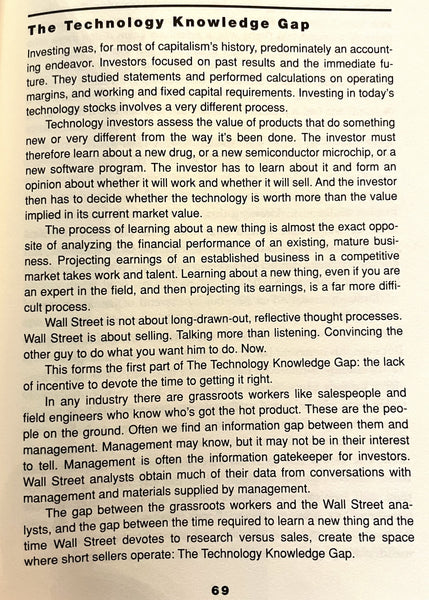
Solv-Ex: Something Oily (OTC: SOLVQ)
Solv-Ex Corp claimed to be an innovator in environmentally friendly oil extraction. This chapter goes into detail showing how this company was involved in international fraud, with major abuses of the Regulation S loophole, and how a big mutual fund manager was buying multiple PIPE deals of unregistered shares with investors money to sell overseas - thus propping up the stock to sell in his private account.
Regulation S
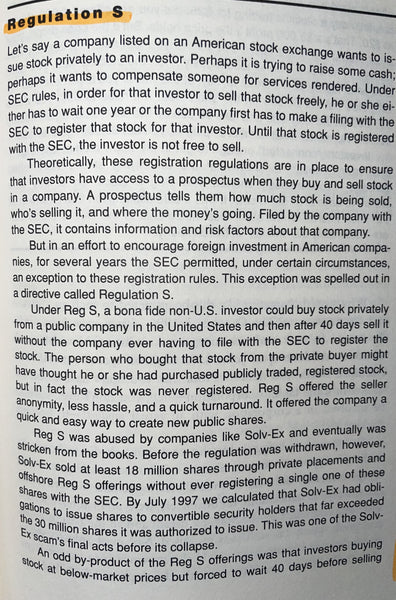
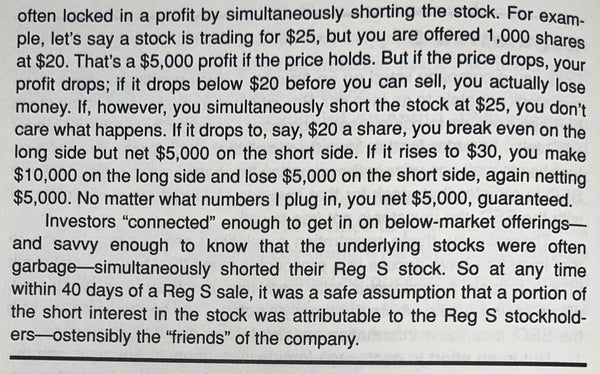
Crystallex (KRY): Fool’s Gold
In early 1997 a Canadian corporation called Crystallex International (AMEX: KRY) was telling investors that it owned the rights to Venezuela's Las Cristinas Numbers 4 and 6-one of the world's richest gold mines. Ooh, shiny-investors wanted in. There were a few problems, however: Someone else already owned the mine. Placer Dome Inc. (NYSE:PDG), and their partners were the Venezuelan government. And Crystallex had absolutely no right to the mine. None. In fact, it even was precluded from making a claim on the mine. The Crystallex promoters may not have had a leg to stand on, but thanks to the AMEX they did have a floor to trade on.
“The Crystallex fraud was augmented by the fact that most small American and Canadian investors would be unable to apply serious diligence; after all, documents relevant to the assessment of this company were inaccessible in this country and required considerably more than a Taco Bell understanding of the Spanish language.”
- Asensio
This promotion was mainly working off the the fact that with a language barrier, no great internet access at the time, and no way to look into KRY claims, the promoters didn’t have anyone outside of Venezuela to push back on their false claims.
- January 1997 - Crystallex promoters claim that their rights to the gold mines were valid and the Venezuela Supreme Court was about to make a ruling in their favor on this matter. The stock shot up 250% over the next few weeks. (There was no legal proceeding or pending decision in any courts)
- April 17 - Crystallex claimed that the Venezuelan Supreme Court ruled in their favor. (Invented information)
- April 25 - Crystallex stepped back and said it commenced an action to seek a Supreme Court ruling. (?)
- June 24 - Crystallex (KRY) joined the AMEX, opening day price of $5.13. KRY was also still trading on the Toronto Stock Exchange
- July 11 - (Promotion in full bloom) An analyst, K. Friedman promotes the stock in his newsletter: “the Venezuelan Supreme Court has issued several rulings which give Crystallex the rights to Cristinas 4 and 6” (the gold mines). He received this information from his source at Crystallex.
- July 16 - KRY was halted after the company received a negative judgement from the courts In Venezuela. Stock drops from $8 to $3.80. Was this the end of the promotion?
- July 31 - Barrow Street Research issues a Strong Buy.
"...you always have to take an analyst recommendation with a grain of salt, but when it comes to analysts you've never heard of working for firms you never heard of wildly hyping obscure penny stocks... we're talking Bonneville Salt Flats" - Manuel Asensio
- August 14 - An article in Canada's Financial Post quoted Crystallex CEO Marc Oppenheimer as suggesting that KRY and Placer Dome (the real owner of the gold mines) might become partners. Placer Dome's President, incensed by the very thought, responded No Way!.
- October - Asensio saw a man on CNBC promoting KRY and their chances of winning a court case for the rights to the mines. When Asensio learned the man appearing on CNBC to promote this company had only around $2 Million in assets under his management, he began his investigation in Crystallex by retaining an attorney and political adviser in Venezuala to dig up facts.
- February 10, 1998 - Asensio began shorting KRY with an average price around $8.00
- March 4 - Asensio released the short report refuting all Crystallex's claims on the mine. The stock dropped from $7.25 to $4.81 in 2 days. That day Crystallex put out a press release attacking Asensio Co. revealing, as if it was a big secret "Asensio is a short seller and he makes money when the stock goes down". The PR failed to mention that stock Promoters profit from stock prices going up.
- March 4 - Whalen, Beliveau & Associates put out a Buy recommendation with a $25 price target. They failed to mention that Whalen, Beliveau & Associates did a $21 Million institutional financing for KRY in June 1996, including receiving warrants in the deal. Whalen was the top seller of KRY shares from December through March, moving $4.5 Million worth of stock.
- March 18 - The KRY promotion was pretty much ended when a Venezuelan congressman Rafael Acosta held a press conference stating that Crystallex had no rights to the mines and would never even win the rights to pursue any rights to the mine. Crystallex was found guilty of bribery and fraud.
- June 12 - KRY stock price had fallen to $0.75.
- At the time of the book publishing, regulators at the AMEX still allowed KRY to trade on their prestigious exchange floor.
Zonagen (Nasdaq ZONA): What Goes Up Must Come Down
Most stock promotions zero in on some sexy product or notion that can capture the public imagination. Zonagen Inc. took the concept of a sexy prmotoe literally. As Pfizer's Viagra became the most talked about new product of the late 1990's, Zonagen, after two earlier failed stock prmotoes, dusted off a 45-year-old generic drug called phentolamine. Then, without adding any other active ingredient or even making any chemical alteration, Zonagen claimed that a phentolamine pill helped overcome male impotence. Zonagen called it's pill Vasomex, and for a time, it was the prime stud in the stable, raising the firm's stock price with ease and confidence.
In 1998, Zonagen was facing 8 class action lawsuits from shareholders, while the promoters and their analysts were still recommending Buy ratings.
This was a fun chapter, Asensio uses a ton of puns in reference to Viagra and the effects it has. "..it's possible they were simply lusting for a quickie: that is, a pop in it's stock price", etc...
Understanding Clinical Trial Drug Phases
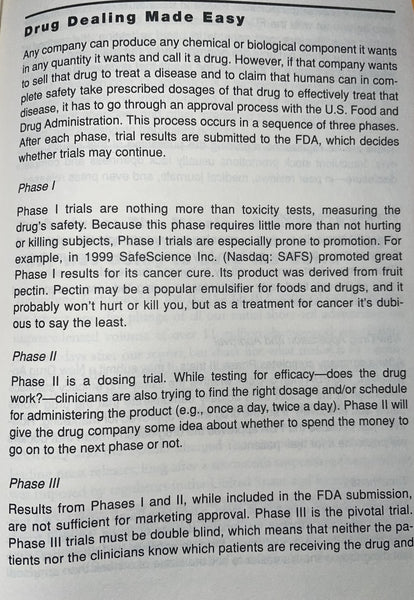
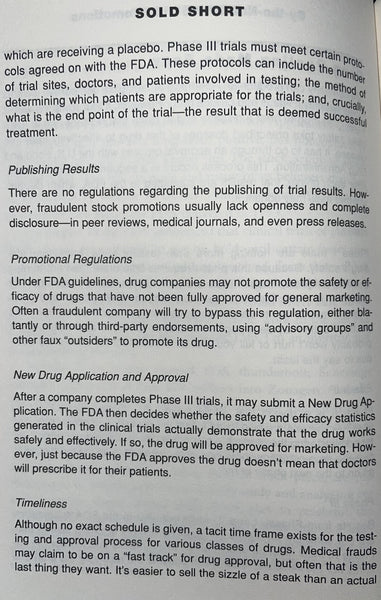
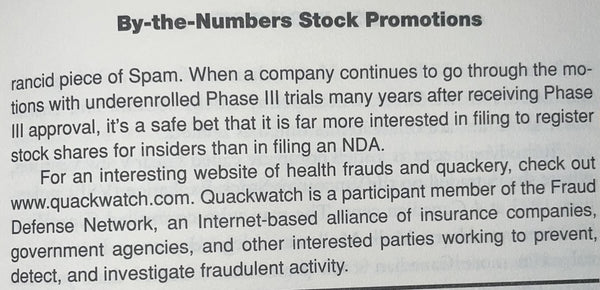
Side Notes:
- The New York Times invited Manuel Asensio along with the Manhattan District Attorney to preview the movie Boiler Room and speak about the accuracy of the movie. His comments were printed in The NY Times
- Asensio and Co. keep a watchlist of around 100 stocks at any given time, keeping an eye on news or any developments with those companies, and every now and then one leaps off the list and becomes the next target.
- SLAPP Lawsuits: Why I wouldn't want to issue short reports. These lawsuits can be used against you as a means to keep you tied up in court and face massive legal costs, even when they know they don't have anything to really convict you on. These are used against activist short sellers. Although, there are some Anti-SLAPP laws to protect the short seller as well.
- The most bizarre thing about this book to me was that with all the scams and scammers in these stories, few are ever punished for all the fraud and money they manage to take from average investors. Most are free to go try to start another stock promotion after they are busted. A few were hit with securities trading bans, many only temporary bans. This book was published in 2001 and laws and rules have changed. But that’s a story for another day…
THE END
Check out my review and summary of PIPES: Private Investments in Public Equity





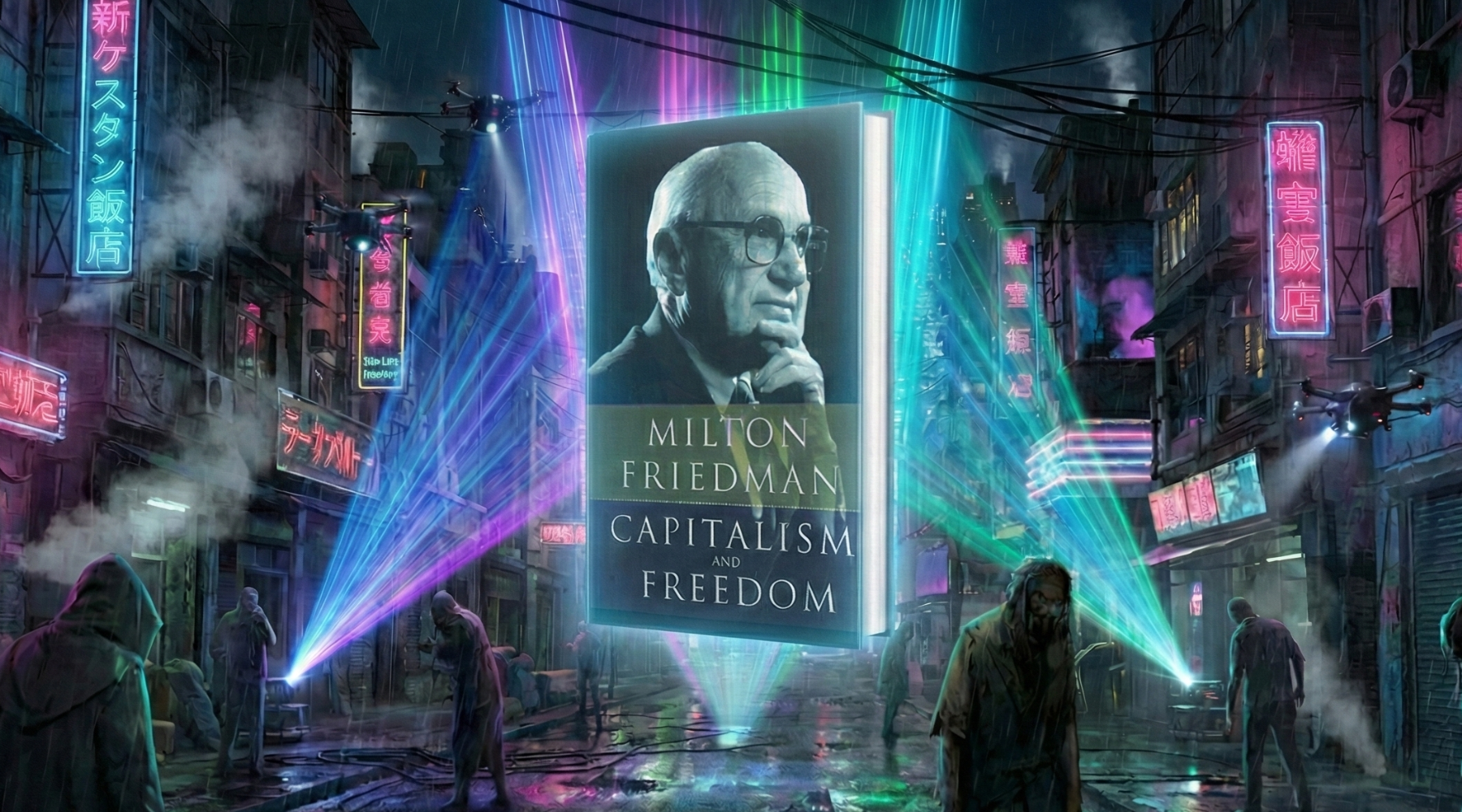
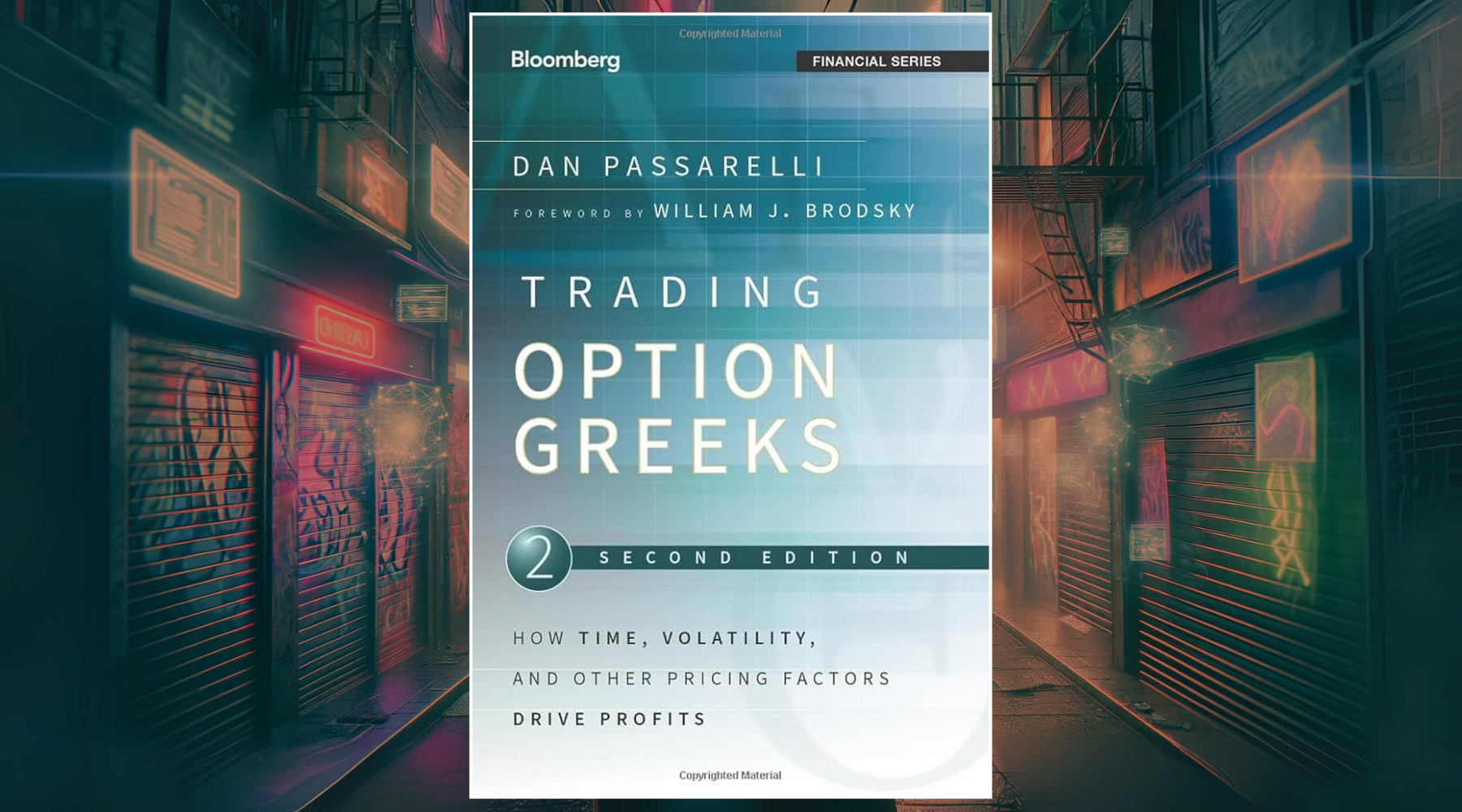

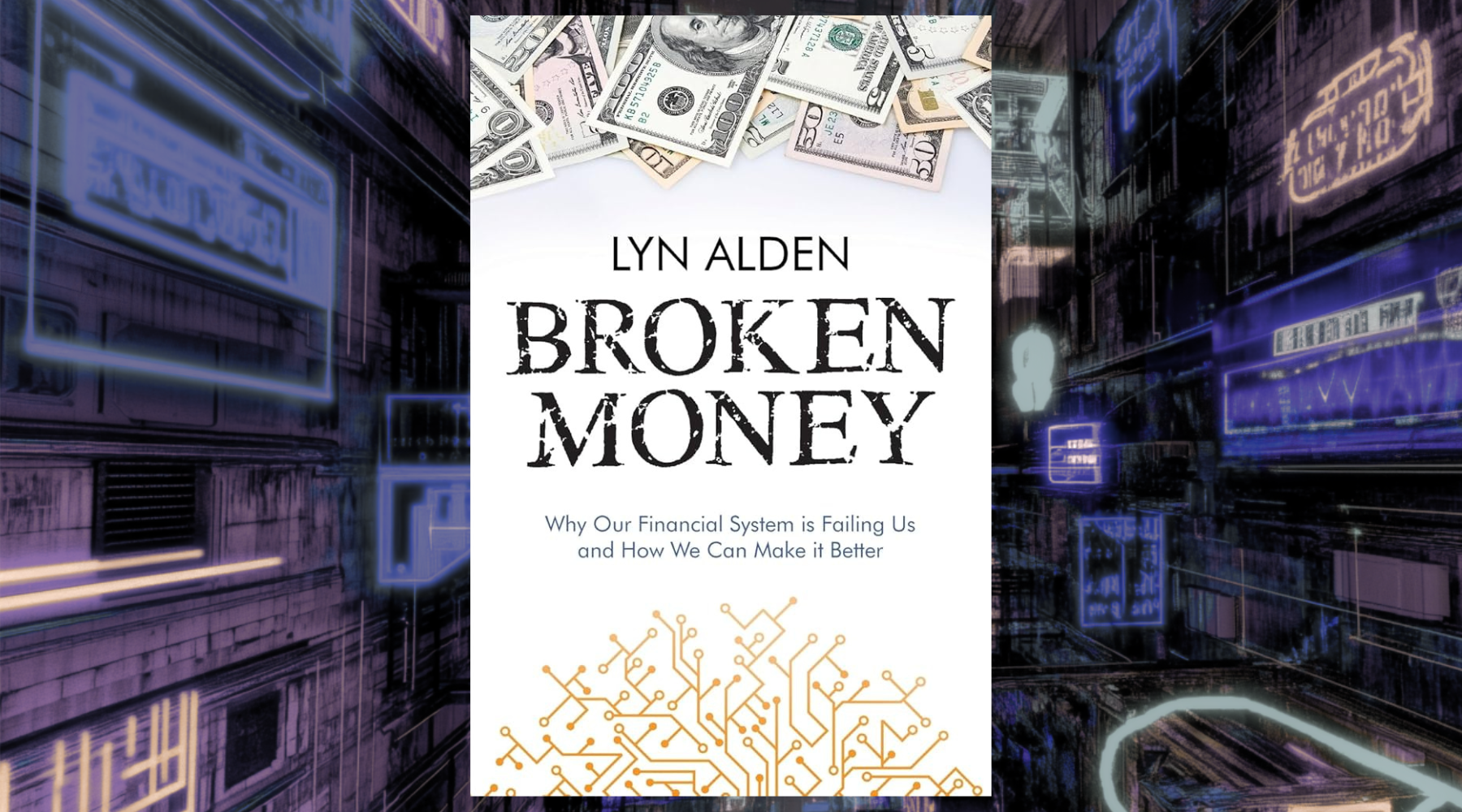
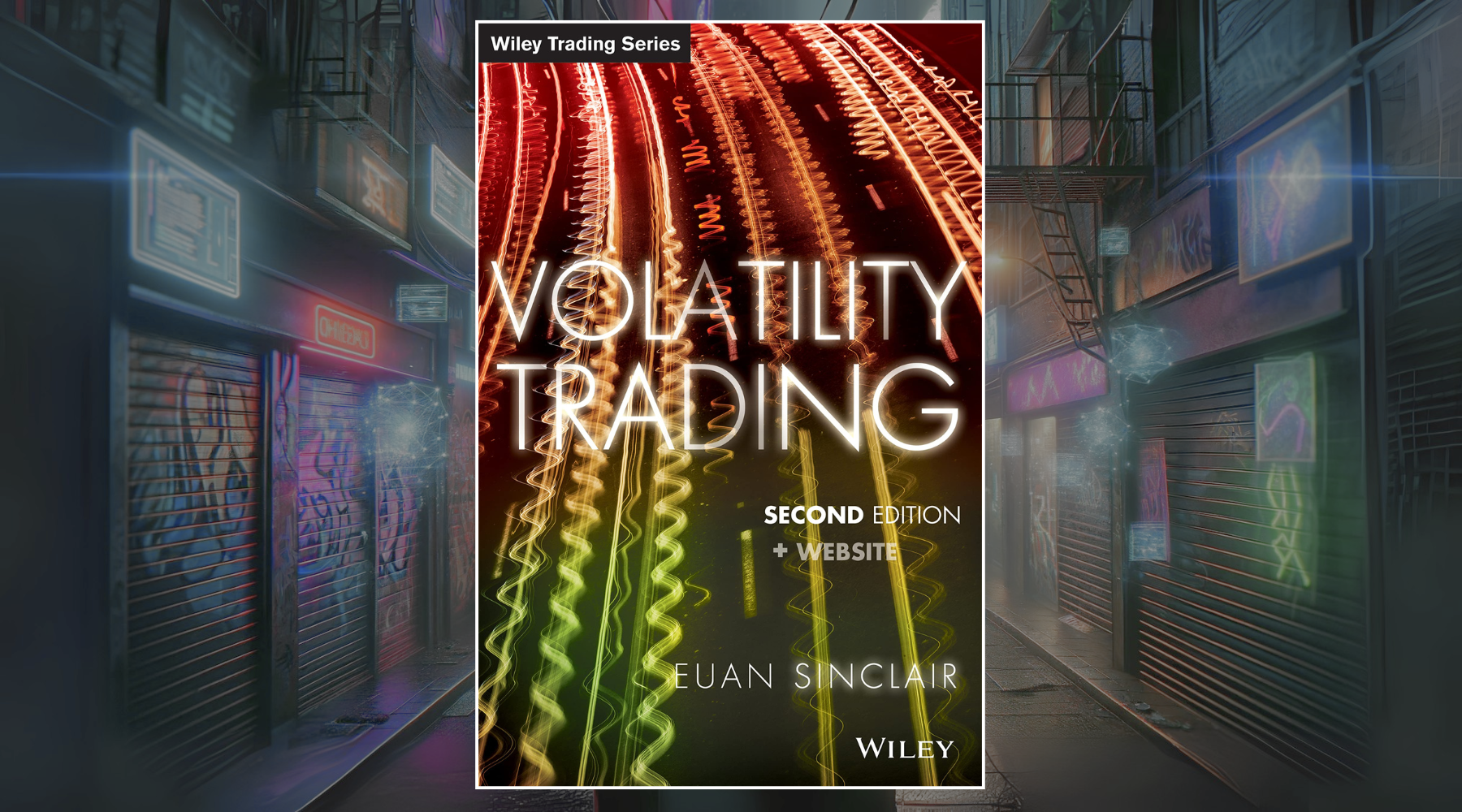
Leave a comment
This site is protected by hCaptcha and the hCaptcha Privacy Policy and Terms of Service apply.